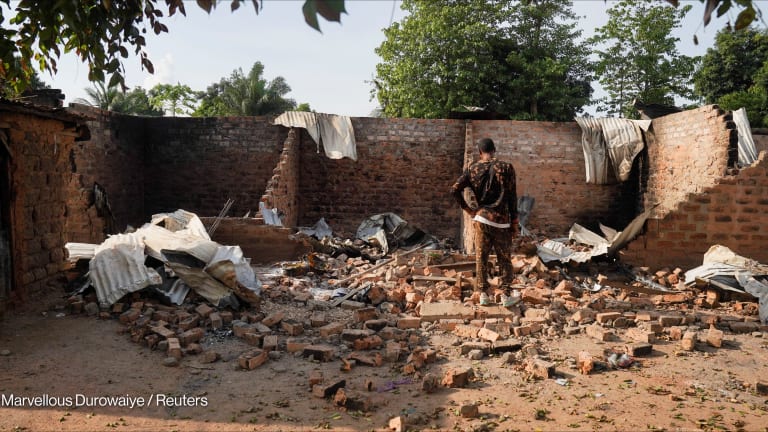
With the majority of the world’s humanitarian crises caused by conflict, it is surprising that violence prevention and conflict-management efforts are not prioritized at the outbreak of violence. Of the billions spent annually on foreign aid, very little is dedicated to conflict prevention, mitigation or peacebuilding, even though conflict severely disrupts development and is costly to both individuals and countries.
In fact, the recent fragility report by the Organization for Economic Cooperation and Development found that only 9 percent of official development assistance is dedicated to justice, security and legitimate politics. Moreover, the delay in addressing conflict early in a crisis may contribute to the vicious cycles of violence, fragility and poverty that keep countries like South Sudan, Syria, Afghanistan and Yemen stuck. By waiting to invest in peace-building and conflict-management interventions until conditions have stabilized, we miss the opportunity to support local leaders and communities that are already working to promote peace.
One case where donors did prioritize addressing conflict while violence continued was the Central African Republic. The violence that broke out between the largely Muslim Séléka rebel coalition and government forces in December 2012 resulted in the deaths of 6,000 men, women and children and displacement of one million civilians. Many communities feared the conflict could turn towards protracted civil war, or even genocide.
With the violence at its height in January 2014, Mercy Corps launched a conflict-management program in two of the country’s most vital socio-economic cities, Bangui and Bouar, with the goal to help stop violence and rebuild community cohesion. Supported by USAID’s Complex Crises Fund, the program contributed to significant transformations in perceptions of violence and prospects for peace.
A key aspect of the program was to improve the conflict-management skills of key leaders. By the end of the program, 82 percent of people said that conflicts in their communities were resolved peacefully, compared to 13 percent before the program. For example, a diverse group of 26 religious and ethnic community leaders negotiated the removal of illegal barriers set up on key roads throughout Bouar, facilitating the resumption of trade as displaced people, specifically Muslim families who worked in trade, were allowed to return to the city. This kind of positive change underscores the impact that community leaders and local conflict-resolution mechanisms have on creating an environment where people choose peaceful ways of managing conflict. Indeed, at the end of the program, 96 percent of surveyed respondents reported a high level of hope that peace would return to their community, and 90 percent had hope that peace would return to the country.
Improving security is also a key factor determining people’s willingness to return home, and the program had a considerable effect on perceptions of safety and security. More than 83 percent of respondents felt that tensions between communities had significantly or somewhat decreased since June 2014, and 82 percent responded that they did not feel the conflict in their community had become more violent since June 2014. Additionally, due to the program’s focus on fostering collaboration across divided groups through social and economic activities, there was a substantial increase in the number of respondents who said they trusted the other group. This shift denotes a positive change in public attitudes that will be crucial in CAR as it moves out of this conflict.
The negotiated agreements and the shift in intergroup relationships shed light on the value of integrating conflict-mitigation efforts into a humanitarian response. Conflict management and peacebuilding need to continue to be supported by donors and viewed as key interventions for stabilizing crisis situations quicker. Waiting until conditions in fragile places like CAR stabilize to implement such programs means missing out on the tremendous benefit of supporting key leaders and communities in their efforts for peace amidst an ongoing crisis.
Conflict in Context is a monthlong global conversation on conflict, transition and recovery hosted by Devex in partnership with Chemonics, Cordaid, Mercy Corps , OSCE and USAID. We’ll decode the challenges and highlight the opportunities countries face while in crisis and what the development community is doing to respond. Visit the campaign site and join the conversation using #ConflictinContext.








